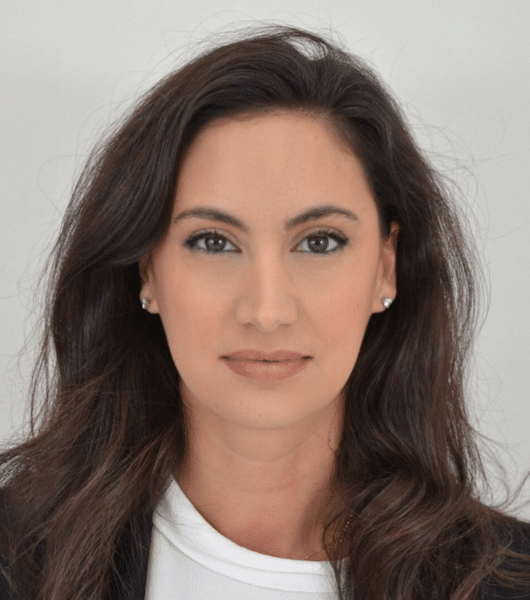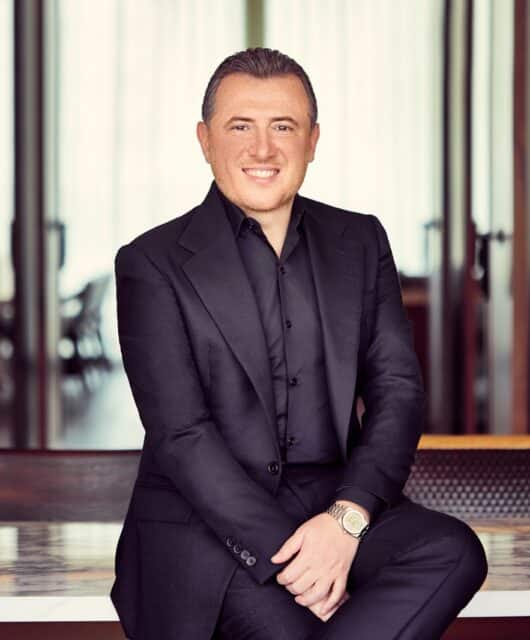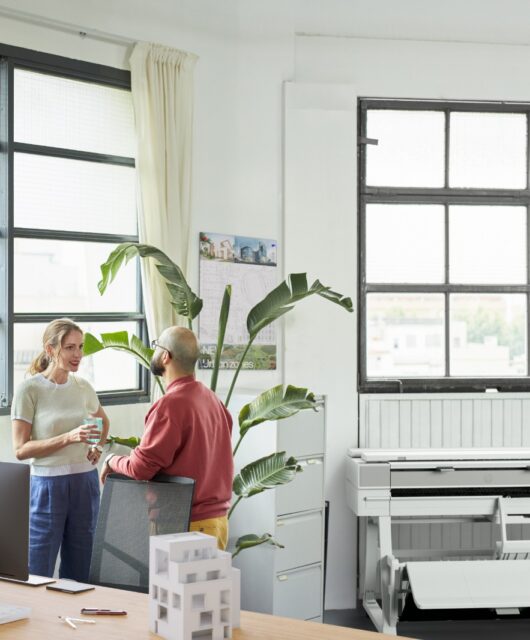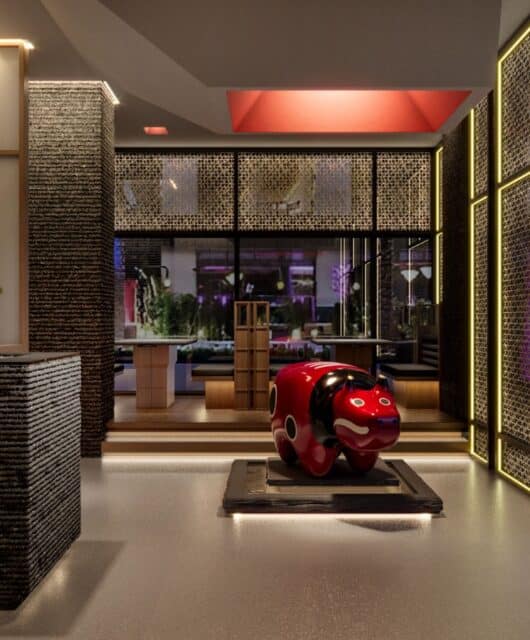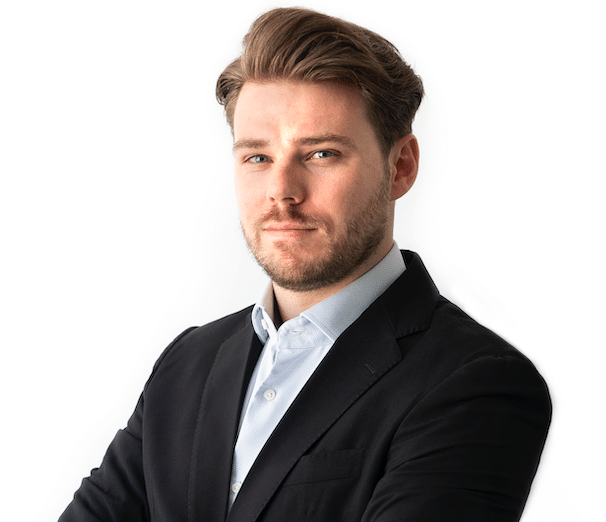 Sam Alcock, Dubai Director, Tenable Fire Engineering Consultancy, addresses the importance of hiring fire engineering professionals early in the concept phase, working closely with fit-out suppliers and designers, and the company’s expansion plans
Sam Alcock, Dubai Director, Tenable Fire Engineering Consultancy, addresses the importance of hiring fire engineering professionals early in the concept phase, working closely with fit-out suppliers and designers, and the company’s expansion plans
Tell us the importance of getting Tenable FEC involved in the pre-construction phase of a project and how architects would benefit from seeking out your services?
In our experience, engaging with a fire engineering consultant during a project’s concept phase has significant long-term benefits, specifically when preventing abortive works further down the line. However, this is often overlooked as a critical component. For a lot of projects, we see developers, architects and main contractors having to significantly redesign a building before construction or, most commonly, during the construction phase, where significant and costly rectifications are required.
Naturally, the design is most flexible during the concept phase, and this flexibility is vital when ensuring all the key fire and life safety code requirements are implemented. These can include the number of staircases and their location, arrangement of the core and, subject to the building’s height, you may be required to provide a firefighting lift lobby arrangement. All of these components, and many more, must meet the relevant country fire and life safety codes and will vary depending on the type and size of a project. For example, if a mall project doesn’t consider corridor width during the design phase, the widths may need to be increased during the Authority approval stage, and potentially the developer will lose out on sellable square footage. This poses further problems if the retail units have already been sold and the size requirements subsequently change.
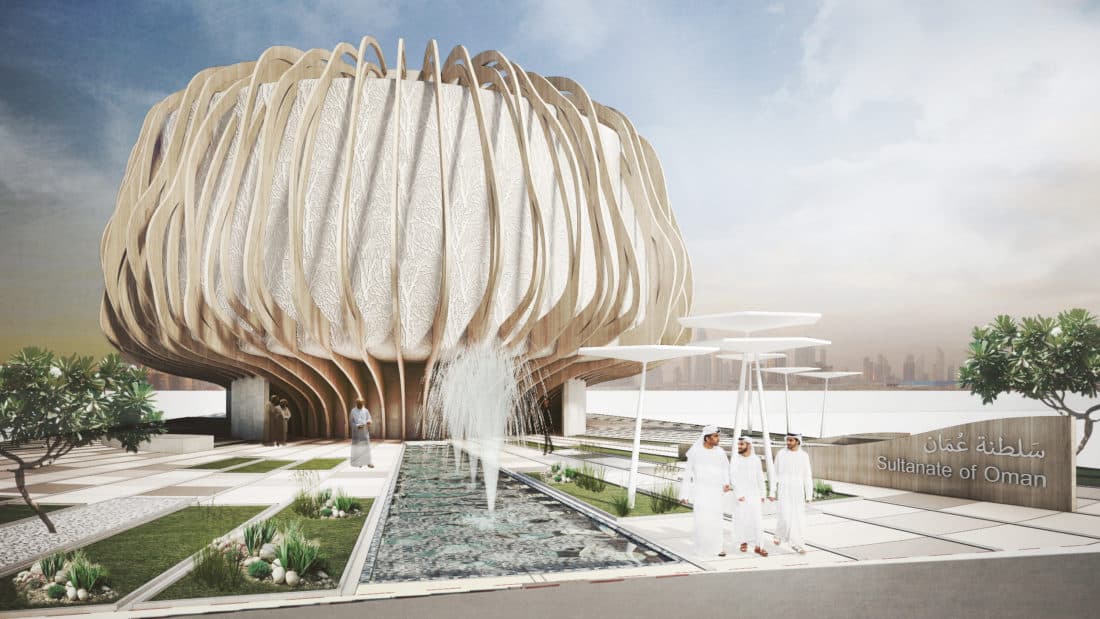
How do you ensure design intent while still adhering to the relevant fire and life safety codes?
Value engineering runs throughout each element of a project – we believe in cost efficiency without jeopardising overall safety. Respecting the architect’s vision is a crucial part of our approach. However, preservation of life is our main focus and, with each project, we aim to guide the design team through the relevant code requirements while still keeping the design intent at the forefront. For this process to be a success, it takes compromise and communication. We will always explain the reasoning that drives our recommendations and a solution to non-compliances, thinking beyond the boundaries of the code when making rectifications. This approach helps with the current project and encourages the architect to apply fire and life safety principles when designing future projects by bringing us on board as early as possible. We are seeing more and more architects and designers engage with us during a project’s pre-concept phase. They are beginning to see the value in identifying the potential pitfalls as early as possible to reduce the potential time and money wasted further down the line.
In terms of interior designs and fit-out projects – how does Tenable FEC work closely with designers to ensure an office or retail space is designed with adequate fire and life safety in mind?
Fit-out projects, in particular, rely on the base build design having adequate documentation in place. For example, all buildings must have a fire strategy report in place alongside approved civil defence fire and life safety drawings. These documents outline elements such as sprinkler system design, egress strategy, fire rating of walls and doors, etc.
Provided these documents are in place and well-defined, and the fit-out is carried out in line with the base build, there shouldn’t be any requirements to make any rectifications. However, with offices, we often see base build information specifying one occupant load. Then the interior design layout shows the future usage of the space, which exceeds the approved occupant load. This is often due to open communal spaces such as team assembly areas and cafeterias, where more employees gather in a particular space than anticipated, especially if the office is split over two floors with a central communal space. Similarly, with a mall fit-out, the information provided in the fire strategy is crucial. If, for example, an open space will house a gym, food court or general assembly area with a high occupant load, and the relevant metrics are not provided, there is the potential the project will run into delays and additional costs. In addition to high occupancy levels, interior designers must also take the materials used for finishings into consideration. While the majority of finishing materials comply with the relevant country codes, there are instances where this is not the case. If a selected material doesn’t meet the code, it will not be granted civil defence approval.
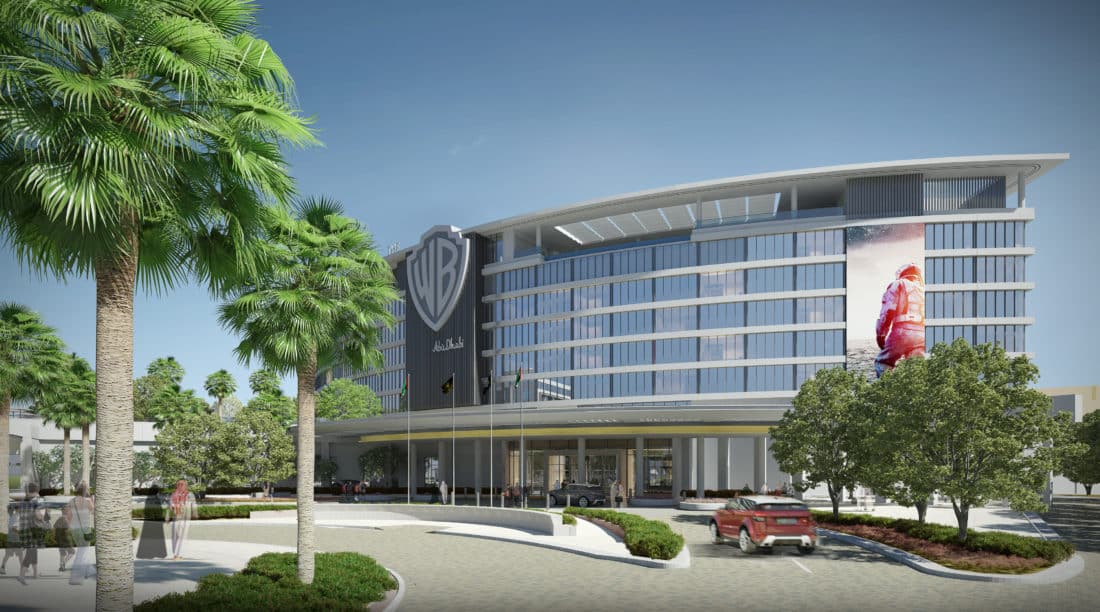
How does Tenable FEC use technology and 3D modelling to assist with projects?
Specific projects require us to take a performance-based design approach. For example, a project may include an atrium, and the design requires a smoke management system to protect the space. In this instance, we will run a Computational Fluid Dynamics (CFD) analysis to ensure the available extract and supply air provides a tenable environment. There have also been projects where we have been brought on board at a later stage, only to find there were not be adequate staircases already in place post-construction. In this instance, we will run a CFD and an evacuation model to determine the time it will take for occupants to evacuate safely versus how long the area remained tenable. Provided the tenability time was longer than the evacuation time, the design is deemed safe.
What are Tenable’s objectives and goals for the next 12 months?
There has been a recent internal restructure to enable our growth and expansion plans for the next twelve months and beyond. We are seeing a variety of projects coming through both our Dubai and Muscat offices. These range from new hotel and residential projects and fit-out projects to data centres and healthcare facilities. Geographically, Saudi Arabia is a target growth market for us, and we are already engaged in elements of the key giga projects such as The Red Sea Project’s Coral Bloom, AMAALA, Diriyah Gate and NEOM. However, people are often quick to overlook the developments taking place in other parts of the Kingdom, and we are excited to be part of projects, ranging from Al Khobar down to Medina. Further afield and COVID-19 permitting, we aim to relaunch our London office in the coming months, which will enable us to work more freely on European projects.


